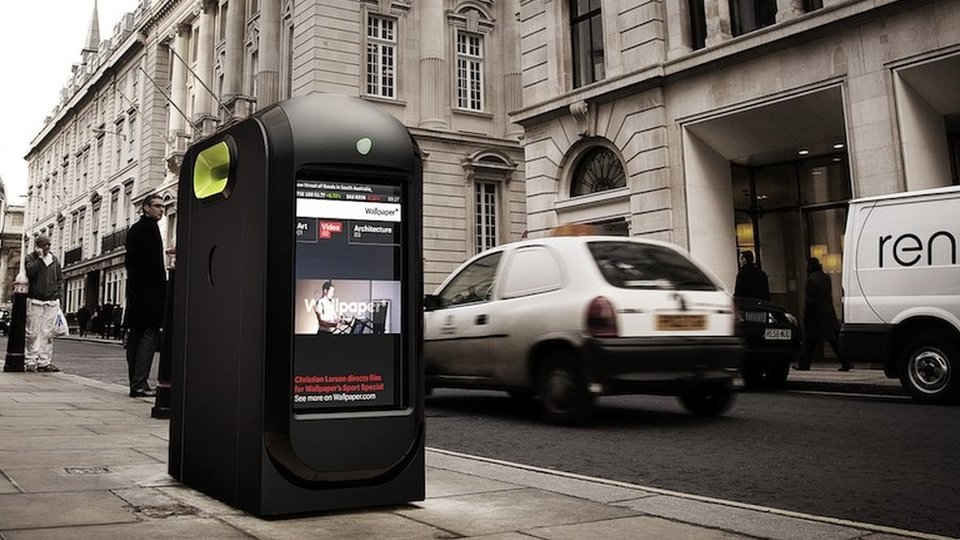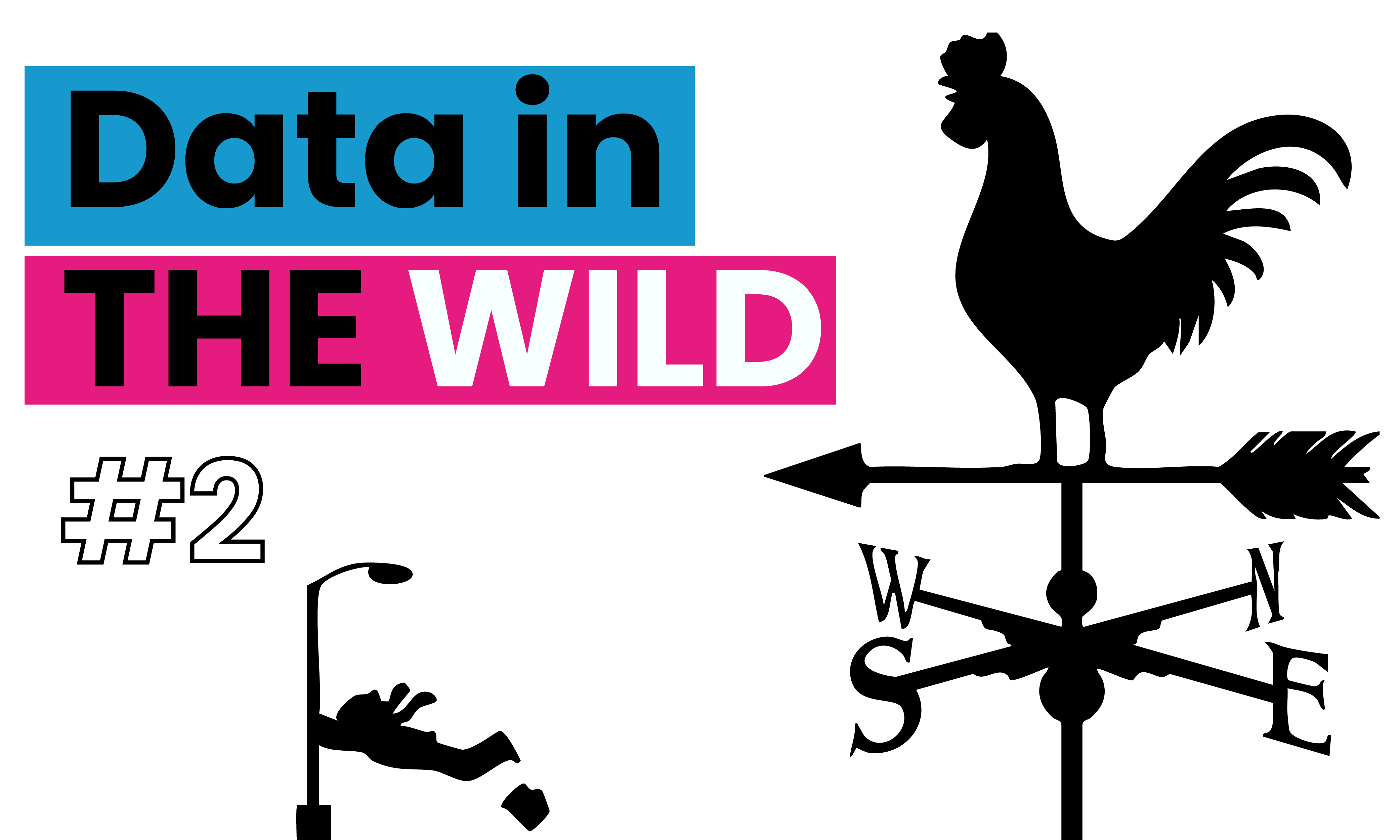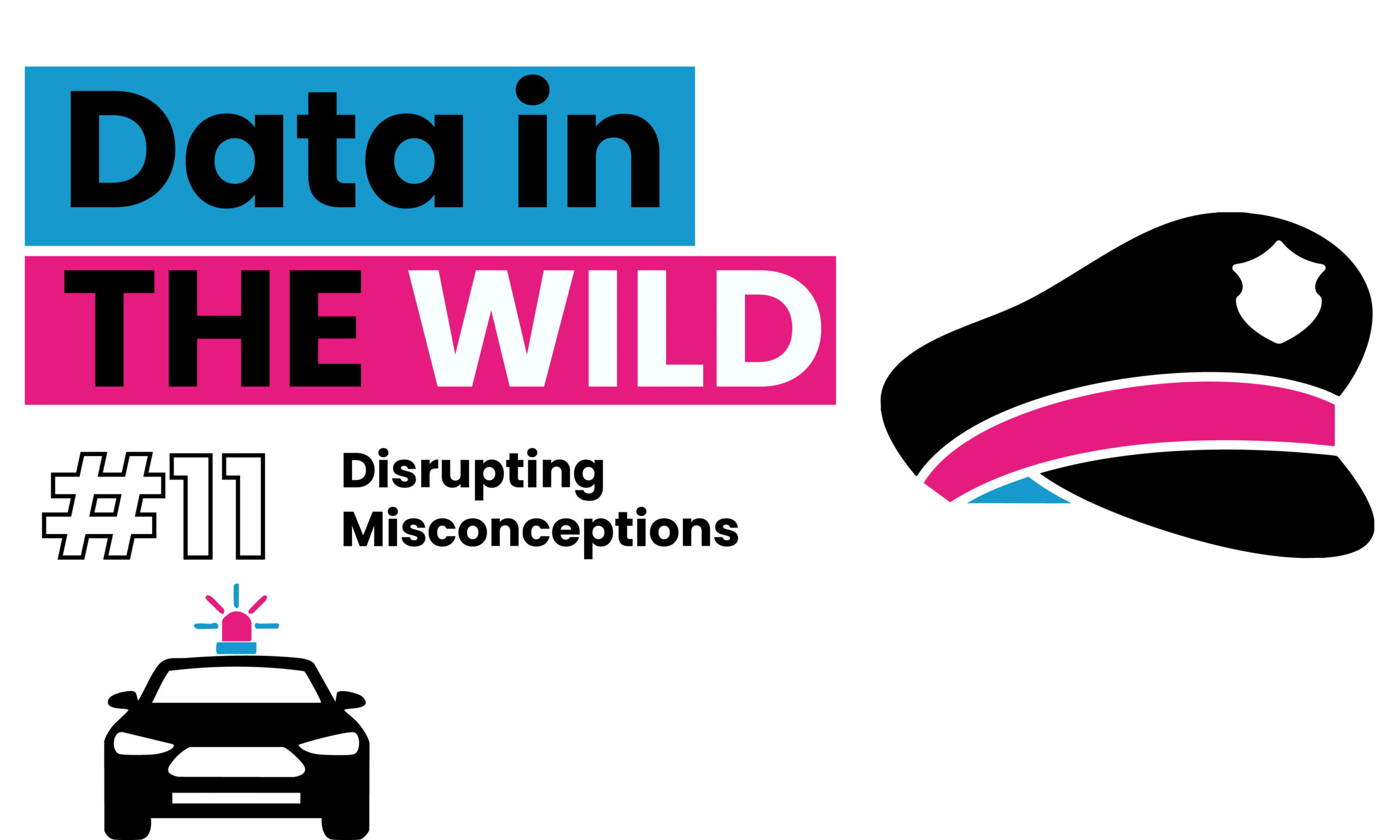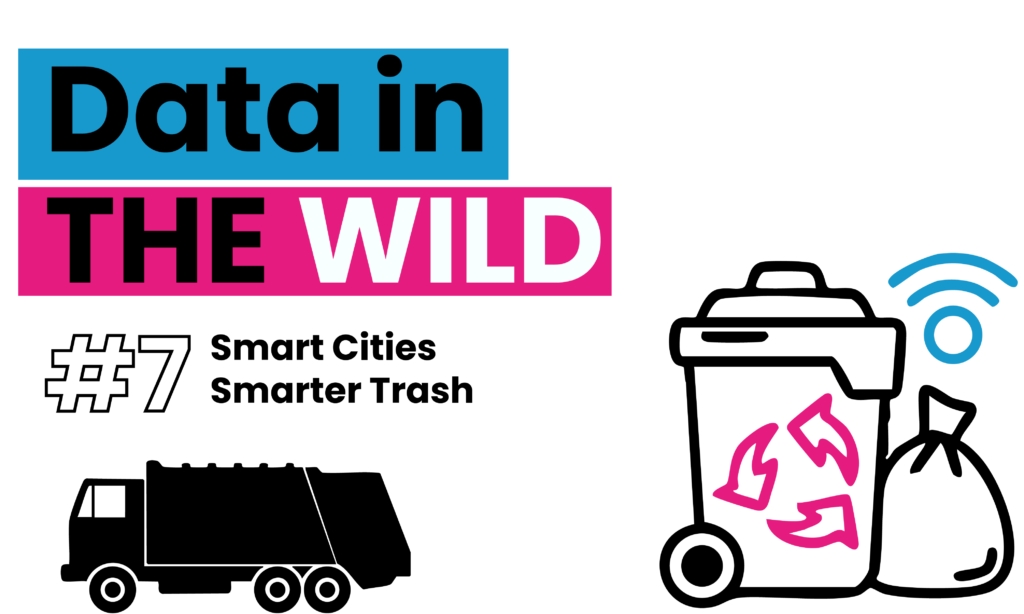The Bins That Think for Themselves
It’s 8:42 AM. You’re walking to work, coffee in one hand, half-eaten croissant in the other. You’re full, and that last bite of pastry? It’s not making the cut. You scan for the nearest bin, spot one, and—of course—it’s overflowing. You sigh, consider balancing the croissant on top like a Jenga piece, but ultimately just toss it in and walk away, hoping for the best.
Now imagine if the bin knew it was full and called for help before reaching the dreaded trash mountain stage. Well, thanks to smart waste bins and IoT sensors, bins can now do exactly that.
The Rise of Smart Bins
Welcome back to Data in the Wild, the series where we uncover how data shapes our everyday lives in ways we barely notice. As always, it’s a pleasure writing for an audience with such a love for pythons, that their biggest worry with the incoming tariffs is the costs of importing pandas. Today, we’re talking smart bins, waste containers that don’t just sit there but actively monitor and manage waste levels using data.

We are in the age of smart cities, urban areas that leverage technology and data to improve the efficiency, sustainability, and quality of life for its residents and businesses. This includes areas like transportation, energy, public services, and indeed waste management. Cities and businesses around the world are embedding sensors into trash bins to track how full they are in real time. These bins send data to waste collection teams, helping optimize pickup schedules. No more unnecessary collections of half-empty bins. No more overflowing disasters. Just data-driven waste management at its finest..
How It Works
The brains behind smart bins lie in IoT (internet of things) sensors. Here’s a quick breakdown of what happens:
- Fill-Level Sensors measure how full the bin is and send alerts when it reaches capacity.
- Temperature Sensors detect fires or overheating, which is especially useful in industrial waste.
- AI and Machine Learning predict fill rates based on location and historical data.
- GPS Tracking helps optimize collection routes, reducing fuel consumption and emissions.
The result? Efficient, cost-effective, and sustainable waste management.
Smarter Bins, Smarter Cities
Cities like Barcelona, Seoul, and London are already rolling out smart waste systems. In Barcelona, these bins reduced waste collection costs by 30% and cut down CO₂ emissions by limiting unnecessary garbage truck trips.
Businesses are also catching on. Airports, shopping malls, and even McDonald’s have started using smart bins to keep public spaces cleaner and waste collection more efficient.
You Are Part Of The Data
Every time you toss something into a smart bin, you contribute to a massive dataset. Your coffee cup? Logged. Your late-night takeaway box? Logged. Over time, this data helps cities understand waste patterns, allowing them to make better decisions about recycling, waste reduction, and even bin placement. Examples like these really show the power of data as a tool for understanding human habits in real time. It’s so simple but makes a massive impact.
So, the next time you find yourself reflecting on the oodles of data you might be sitting on, remember, something as subtle as your trash bin is watching, learning, and optimizing all in the name of cleaner streets and a greener planet.
See you Next Time for More Data in the Wild!

Data in the Wild #2
We’ve been visualising wind data for over 2000 years, have you ever wondered how such data viz can be used for you? Read this next part of data in the wild

Data in the wild #4
Welcome back to Data in the Wild, the series where we highlight everyday examples of data visualisation in action. This time, we’re looking at constellations, Nature’s Birth Charts.

Data in the Wild #11: Feeling Safe vs Being Safe
This edition of Data in the Wild explores London’s crime dashboard and how data challenges our assumptions about safety. From Croydon to Kensington, it reveals surprising truths and questions how data intersects with emotion. Can facts change feelings? A look at the power and limitations of data in public life.

